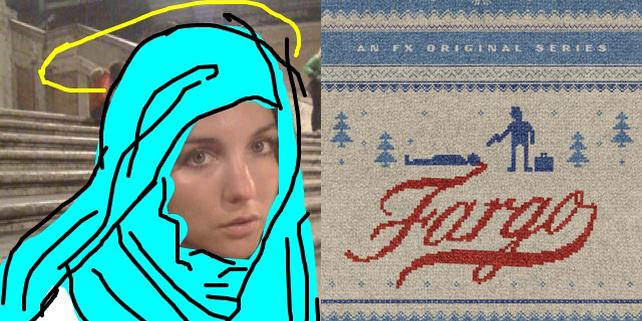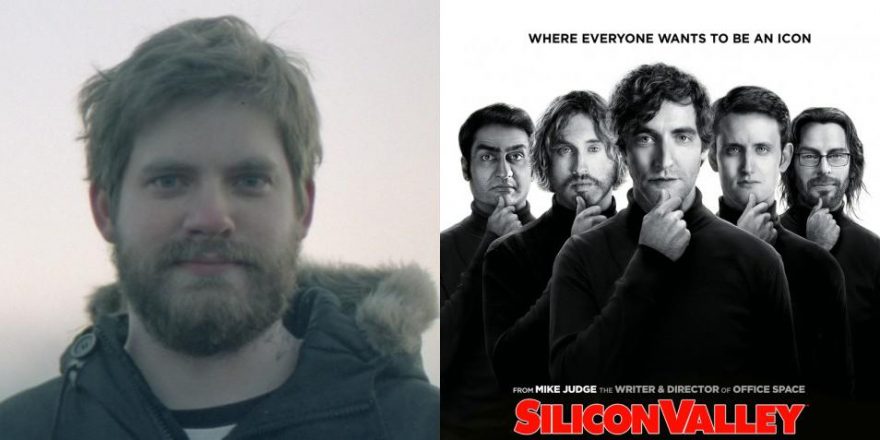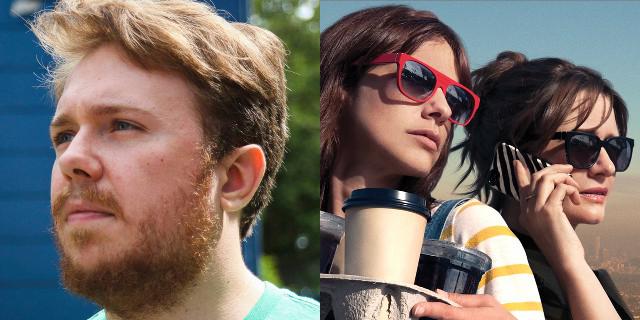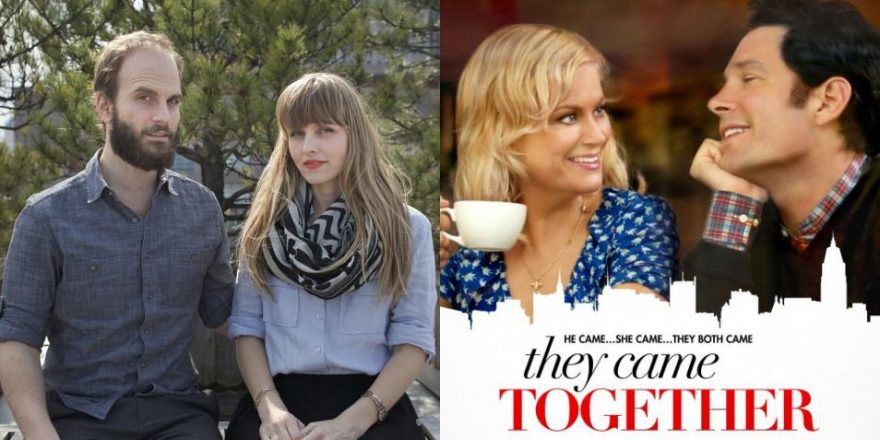When I was six years old and living in Fargo, North Dakota, my dad’s colleague Donna, (a beautiful Vietnamese woman who wore plastic earrings and iridescent eyeshadow) took me to the theater to see Who Framed Roger Rabbit and then for a burger at Fuddruckers, and I truly believed it to be the best day of my life…until later, when I found out my dad had been fucking Donna behind my mom’s back and our family imploded.
The above statements aren’t true. I did live in Fargo, North Dakota, when I was six, but the rest is made up. I thought it might be fun to mess with an audience for a second the same way the Coen brothers, and now Noah Hawley, creator of the great new FX series Fargo, have been messing with me for years.
Hawley’s Fargo is brilliant because it doesn’t pretend to be something new. Rather, it pays consistent homage to the 1996 Coen brothers film of the same name while delving deeper into the themes and questions it evoked. The Coens’ Fargo opens with a title notifying the audience that the story it’s about to see is true, when in fact it isn’t. Every episode of Hawley’s 10-part series starts the same way, and somehow, it never gets old.
I’ve seen some friends flinch when I mention the FX show, as though they don’t want the Coens’ perfection messed with, and I get it; Fargo is one of my favorite films of all time. But Hawley was right to assume that there was more to explore in the world the Coens so deftly established back in 1996. He flawlessly mimics and expands upon everything from their sense of humor, to their treatment of violence, to the whimsy and intelligence of their directorial flourishes. What keeps giving the most, though, for hour after hour of the series, is the same thing that’s at the heart of the Coen brothers’ film: the tension between the world as seen through a prism of innocence, optimism, and basic human decency, and the world as it is actually terrifyingly occurring, Lorne Malvos and all.
In Hawley’s Fargo, Lorne Malvo is a wandering nihilistic hit man played by Billy Bob Thornton. With gleeful exuberance and chilling darkness, Thornton plays characters within characters as Malvo. I can think of no other actor who could have possibly brought both the joy and utterly convincing bleakness that Thornton brings to Malvo’s eyes. He’s just fun to watch. Billy Bob in a mandarin collar pretending to be a hip, off-duty dentist sticks with me the most. He’s brilliant.
Malvo crosses paths with Lester Nygaard, played by Martin Freeman, a wimp born and bred in the area who’s been bullied his whole life. Malvo has a conversation with Lester in an ER and then later, Lester does something bad that can’t be undone. Thus begins the “10-hour-long movie” that is Fargo, the series. Alison Tolman and Colin Hanks, playing Molly Solverson and Gus Grimly (two police officers with vastly different temperaments to one another), are the light to Malvo and Nygaard’s darkness.
The cast is rounded out by a lot of great actors, and it’s particularly fun to watch some of the most intelligent writer/performers in comedy do their Coen brothers thing. Bob Odenkirk, Glenn Howerton, Keegan-Michael Key and Jordan Peele all have supporting roles. In the latter episodes, Susan Park gives a performance so strange and captivating that I’m still thinking about it.
I was born in Fargo and grew up there until I was eight years old. I learned when poking around the internet that Hawley is also a novelist, and throughout his series there are novelistic touches of brilliance that hit the nail so perfectly on the specificity head in terms of creating a sense of place, it gives me goosebumps.
1. Hawley gave his main character the surname “Nygaard” and has a bully character turn that into a racial slur in the first episode. Growing up, North Dakota was a place so homogeneously Nordic that my brother (we’re half Italian, half Czech) was once politely asked by one of his blonde classmates, “Excuse me, are you a negro?”
2. Lester’s autistic nephew is named Gordon. My neighbor in Fargo was named Gordon. So was my sister’s cello teacher. And a guy from our church. I haven’t met another Gordon since leaving the area.
3. Late in the season, there’s a beautiful scene involving Bob Odenkirk’s character, Police Chief Bill Oswalt, helping a refugee from Africa. Fargo has long been a haven for international refugees of persecution and civil war. Some of my earliest memories are of grocery shopping and apartment hunting with a Cambodian family my mom was helping to assimilate. Lutheran Social Services has a program that accepts roughly four hundred refugees a year to the town, partly in order to “offset North Dakota’s population decline and to increase diversity.”
These accuracies to my experience as a Fargonian point to a fierceness of specificity in Hawley’s writing about the area, one that was both preserved and expanded on from the Coens’ movie. The Coens grew up nearby, Hawley just really did his homework, apparently. It’s the details that make this world make strange sense and it’s the details that make the show sing.
I have to admit that I am a sucker for the exploration of darkness amidst pleasant mundanity, especially when it’s set in the northern Midwest. Fargo was an idyllic, if weird place to grow up. And though it was great, darkness never fails to creep in at the edges of my buoyant childhood memories. A little girl who was my next-door neighbor, for instance, was kidnapped at knife-point, then dropped off at a local McDonald’s when the guy’s car broke down. Fargo felt like an incredibly safe place to raise kids, except when something like that happened. It’s that terror – our startling proximity to evil no matter how good we are or how kind we act or how many cozy quilts are in our cozy houses – that makes for great storytelling.
In Fargo the town, everyone feels to me like an uncle or an aunt because of this softness in the way they talk to you. There seems to be a predominant kindness, a vulnerability, and an awareness of beauty in most of the people I know from Fargo that I have not come across in a population since. It’s almost as though there’s an agreement in the air in that area of the United States: that we’re all nice people here and life is mostly good and we’re going to help each other out as best we can. It’s this innocent quality, the insistence upon warm humanity amidst a frozen and unforgiving landscape, that both the Coens and Hawley use to underscore the dark rides they so devilishly take us on. And they both do it to great effect.
Hawley’s series produces equal parts terror and hilarity, and as a lover of stories, if I can be horrified and laughing my ass off simultaneously, I’m never more satisfied. Here’s hoping for a second season, however much carnage it brings.







